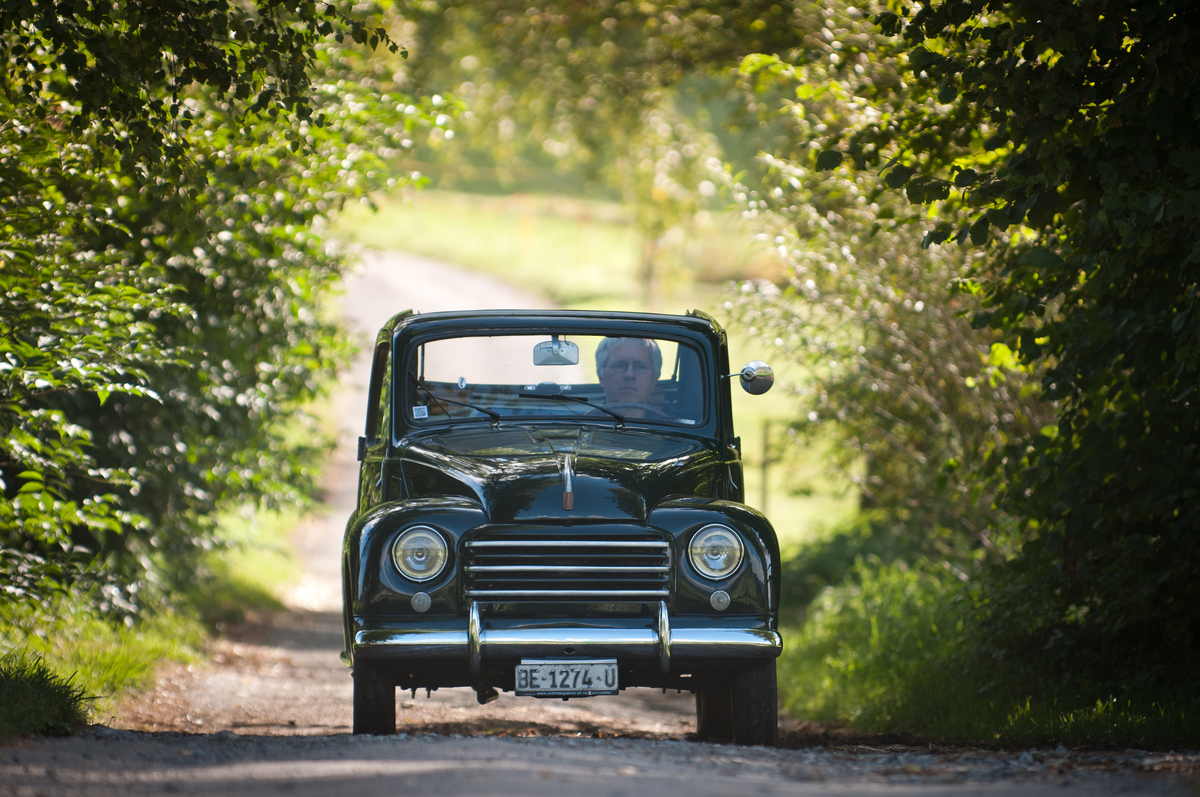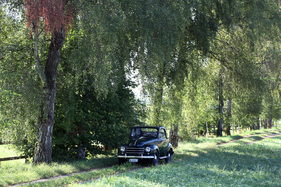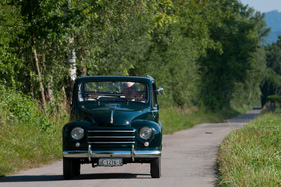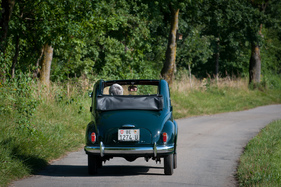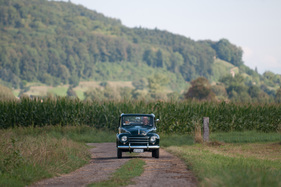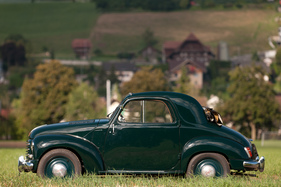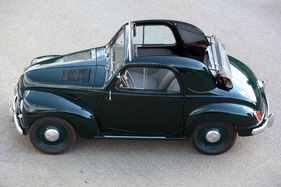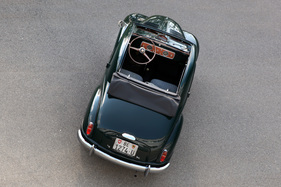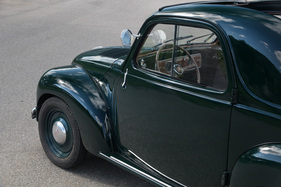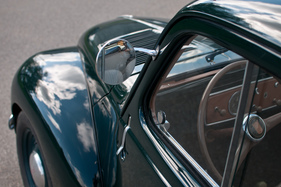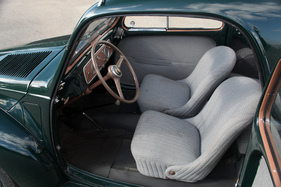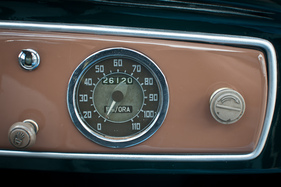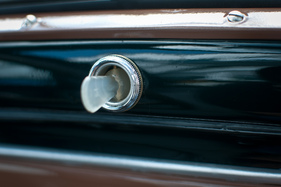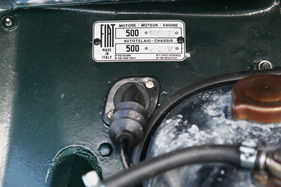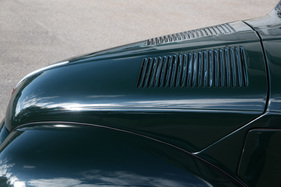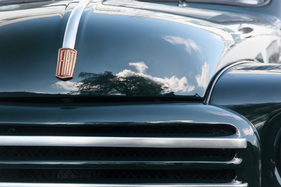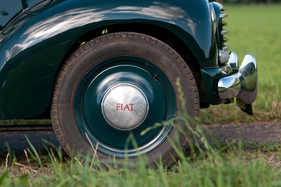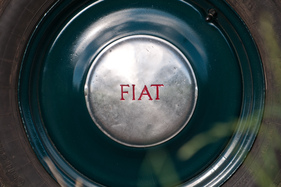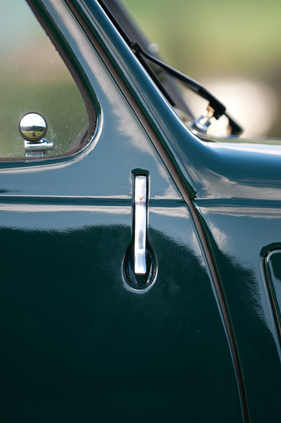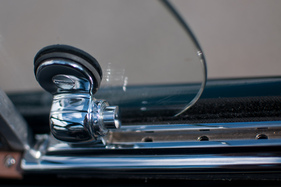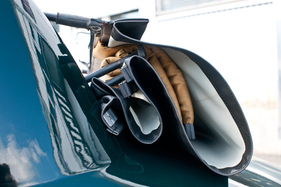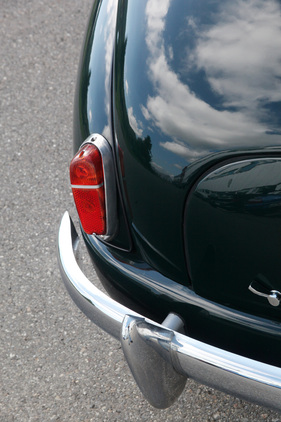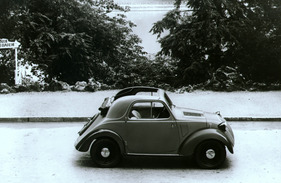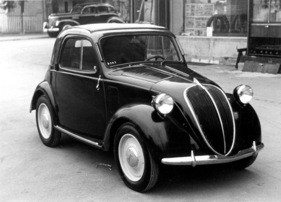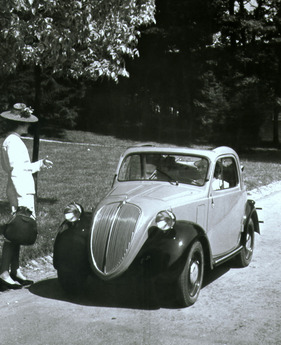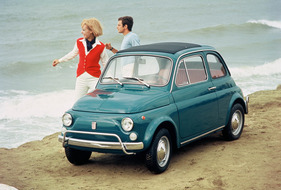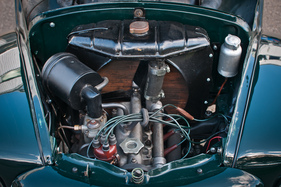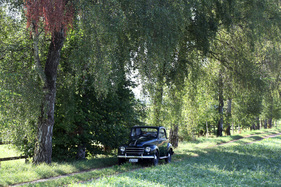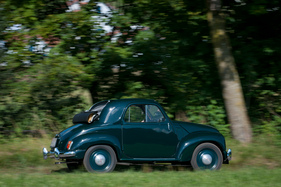Fiat 500 C Topolino - popular motorization in Italian
Summary
Between 1936 and 1955, Fiat built the 500 Topolino, a small car with a conventional front-engine and rear-wheel drive design, which sold over 500,000 units and became a bestseller. This report describes the impressions of a test drive with the 500C model, the third evolutionary stage, which was sold in 1949, and goes into the history and technology of the popular compact car.
This article contains the following chapters
- One size smaller
- Simplicity as a recipe for success
- Frugality as a virtue
- Hardly more expensive than a motorcycle with sidecar
- Three-stage evolution
- Also for pass drivers
- Comfort of a mid-range car
- A small car
- No cruise control
- Further information
Estimated reading time: 6min
Preview (beginning of the article)
It was hard to beat in terms of simplicity but also economy, and in some respects it was more advanced than its successor, the Fiat 500 Topolino, built from 1936 to 1955. But above all, it was the most successful small car of its time. Dante Giacosa had studied mechanical engineering and worked on large aircraft engines. However, the fact that he designed the most successful small car of the pre-war period shows that he had many talents. The new Fiat had to be small, light and cheap to complement the lower end of the model range. At the time, nobody could have guessed that it would become the most successful car produced by Fiat in Turin. Speaking of "moulting", the Fiat 500 was given the name "Topolino" because of its appearance.
Continue reading this article for free?
Photos of this article

